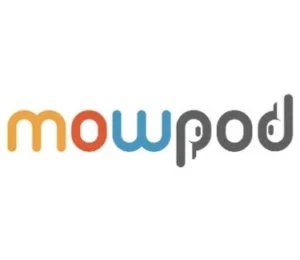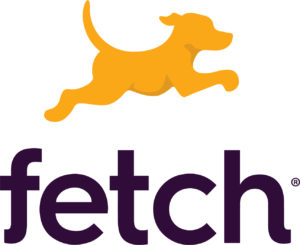Using location data + analytics for re-opening strategies
Jeff White
Gravy Analytics

- Part 1 Using location data + analytics for re-opening strategies
- Part 2Using location data to understand how COVID-19 changed consumer behavior
Show Notes
Quotes
-
“I’m being a little tongue-in-cheek but true enough, if you look at data signals it’s almost as if they are lockdown was announced there were dramatic spikes in home goods, toiletries, and paper products. We saw it with a great frequency.” -Jeff“Obviously we also saw the demise of people going in on offices. Almost all the entire mobility pattern within the first week of any State or locality in lockdown, it almost shook it from people actually going to work and their data flies to literally to the grocery stores” -Jeff “Going to grocery stores hasn’t changed and we are gradually getting into some sort of equilibrium but obviously we saw a ton of traffic in parks, people going for a walk to lose weight or walking their dogs.It’s almost like the entirety of our mobility centricity was focused within a close radius from our home minus the occasional trips.” -Jeff“It’s starting to emerge from some of the trends. On our site, for example, we maintain a COVID-related dashboardthat actually tracks a lot of these changes by the city, by state, by category, by retailer.” -Jeff“People, retailers, brands, and advertisers are struggling to find out what the new version of consumerism is going to be. It’s obvious to say that the location place is part of that. What used to be an easy stop for our home and work for that quick gallon of milk does change clearly because of our location and how we are doing but also our affinity to brands is changing.” -Jeff “When you think about overall consumerism, my understanding is that Coronavirus did not necessarily reduce consumer spending, maybe that’s the stimulus package and people still has some disposable income, the stock market is high and unfortunately we had a lot of layoffs and mostof those are blue-collar jobs and not white-collar jobs with a lot of marketers affected.” -Ben “Not to bore you with a lot of details but in our world with geo fence all of these businesses and commercial places have interns. We have to change all of that because people stopped going into stores and the curbside became this thing. Now it’s order ahead, curbside pick up and we had to alter how we think and capture foot traffic in the stores.” -Jeff “When we think about the changes in consumer behavior, to me, the most obvious ones are, you know everyone is forced to work from home and that is an indication of our lives going from the real world to the digital world.” -Ben“One big area, as an example, is banking. This is one of the areas where I’m not sure we are ever going back to the way things were. We’re at what they call a silver adoption curve where baby boomers were very slow to adopt online banking. They had frequency patterns to banks and all that got obliterated. What we predicted was 24 to 36 months of the evolution of adoption to online banking and it happened in 24 weeks.” -Jeff“We are seeing foot traffic to banking and financial institutions effectively get wiped out. If I am a financial institution, I’ll ask how do I think about my strategy of the local bank going forward.” -Jeff“There are probably a thousand factors that are contributing to this but we always say location is ground truth. If you want to really understand emergent consumer affinities, who I am on Twitter and Facebook will never be the person Facebook thinks I am. But if you understand how I am interacting with my local retailers, the brands around me and how I interface with all of these things that are done from a location point, it’s first signal is very important particularly as the country starts to awaken again and some of these places start to open back up.” -Jeff“I guess thinking about location data broadly, there is less freedom of movement depending on where you live.” -Ben “It really came down to your county and your locality and how they were behaving in the associated lockdown rule. It’s really a county by county decision. Location just from a COVID standpoint, it becomes a great predictor of the next logical outbreak is and this is really importantfrom a first responder standpoint.” -Jeff “In general, there are some age demographics that influence patterns for sure but from a mobility sense, we don’t see a disproportionate breakdown on the everyday basis that people are necessarily behaving differently. And frankly, from my anecdotal observance, some children are some of the best behaved when it comes to viruses and pandemic spreading.” -Jeff
- Part 1 Using location data + analytics for re-opening strategies
- Part 2Using location data to understand how COVID-19 changed consumer behavior
Up Next:
-
Part 1Using location data + analytics for re-opening strategies
Today we discuss the data signals generated by the outbreak of the Coronavirus. Joining us is Jeff White, the CEO of Gravy Analytics, which is a location intelligence firm based in DC, which processes over 25 billion anonymous geolocation signals per day. In part 1 of our conversation, we discuss using location data to understand how the coronavirus has changed consumer behavior.
-
Part 2Using location data to understand how COVID-19 changed consumer behavior
Today we discuss the data signals generated by the outbreak of the Coronavirus. Joining us is Jeff White, the CEO of Gravy Analytics, which is a location intelligence firm based in DC, which processes over 25 billion anonymous geolocation signals per day. In part 2 of our conversation, we discuss using location data to understand how Covid-19 changed consumer behaviour.
Play Podcast










